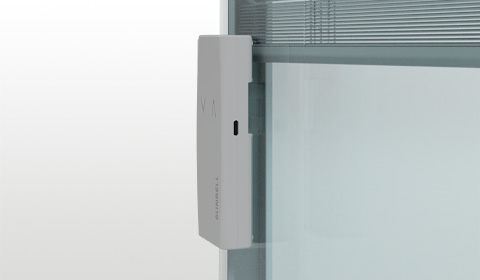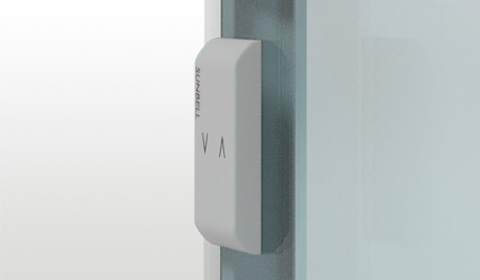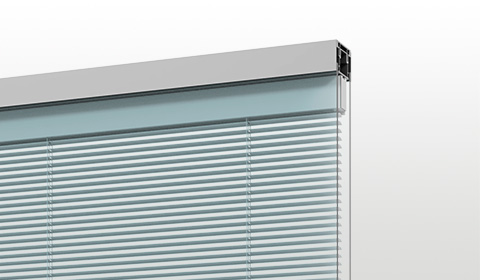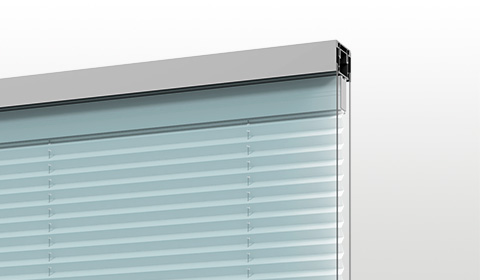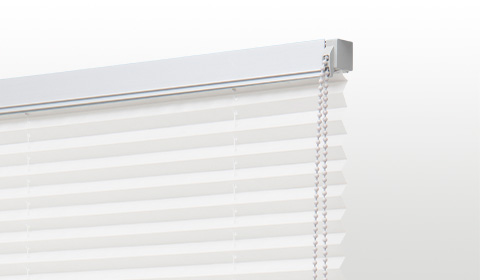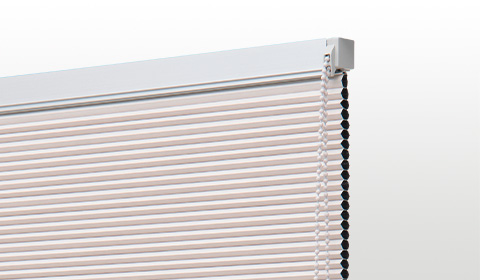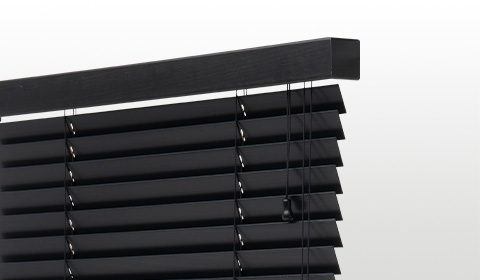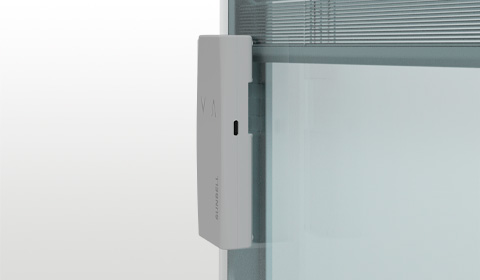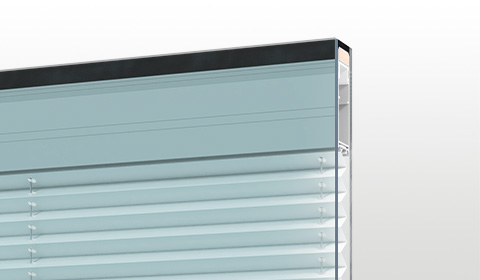The concept of environmental sustainability is becoming increasingly important these days, and it’s a common topic when discussing the future of home comfort and general wellbeing.
This is why, when developing new projects, design experts should consider not only the spaces they want to create and the people who will live in them, but also the environmental impact of these projects.
During the project development phase, we should try to achieve the lowest possible environmental impact, reduce carbon emissions, and ideally recycle existing materials.
The interior design sector is very focused on these issues, with professionals always working towards the highest levels of sustainability in every project they develop.
Let’s look now at the road to achieving fully sustainable interior design.
What is sustainable interior design?
Let’s start with an official definition: sustainable interior design features objects and products characterised by their net positive economic and social impact and, above all, environmentally sustainable elements.
When we talk about sustainability, we should refer to spaces and projects that can last over time and won’t need modification or upgrades in the foreseeable future.
According to the Environmental Protection Agency (EPA), pollution found in indoor spaces is one of the top five environmental threats to public health.
This is caused by the significant use of products and materials that produce a high level of toxic emissions.
The use of non-toxic products for the benefit of people and the environment is a key issue for any professional working in interior design.
How to look at sustainability in interior design
The main objective of interior design should be to reach a stage where environmental awareness and materials recycling are the norm.
Here are a few requisites for sustainable interior design:
1. Reduce environmental impact
To reduce carbon and emissions, it is essential to use raw materials that don’t have a massive impact on natural resources.
Moreover, labels such as Forest Stewardship Council (FSC) – a non-profit NGO that developed an internationally recognised certification system – help you identify 100% sustainable products.
2. Improve energy efficiency
A space that you can call ‘sustainable’ needs to reduce greenhouse emissions and be capable of
- favouring natural light,
- and promoting low energy consumption.
Colours that will reduce the need for artificial light should be considered.
Window blinds are a valuable accessory that can help you achieve these objectives.
Choosing the right blinds for a space can help an interior designer achieve great results for things like
- optimal management of natural light,
- promoting energy savings, avoiding overheating or too much cooling of a space
- reducing the use of artificial lights by using light or natural colours.
The use of Venetian blinds that can be placed both inside or outside the double glazing is highly recommended.
3. Promote the use of reusable or recycled materials
Thanks to the circular economy, the interior design sector can use many products or materials as many times as possible for different uses.
For this reason, it is very important to approach the development of the project having researched and studied how the materials will be recycled and the origin of ones to be used.
An increasing number of products are made using waste materials such as plastic bottles.
This early evaluation is necessary to ensure that a project can be as environmentally friendly as possible.
4. Create healthy environments
Another priority in terms of making an interior design project more sustainable is to create healthy environments.
What do we mean by that?
The chemical products that we use to clean can negatively affect people’s health and contribute to the pollution of indoor spaces.
A good design project favours the creation of healthy and natural spaces where pollution allergens won’t be present.
Venetian blinds for inside double glazing can be very useful. They are sealed inside the space created by the two glass panes of the double glazing, which means that they are not exposed to pollution and don’t accumulate dust, pathogens or mould.
Conclusions
Sustainable projects need to be developed with the objective of reducing their environmental impact, using innovations in the productive process.
Sustainable products need to have elements that can be independently recycled, extending their lifecycle while promoting a circular economy.
Now that we have clarified the meaning of sustainable interior design, you probably have a better idea of how important it is to think about furniture and accessories for your home, as they need to be versatile, sustainable and eco-friendly.


